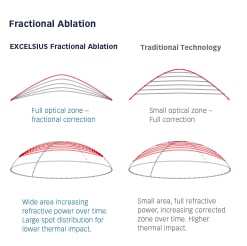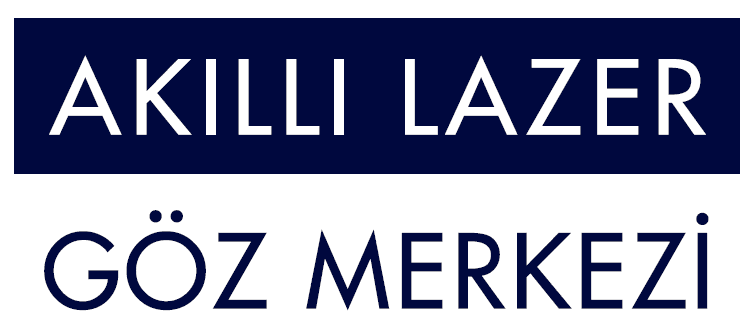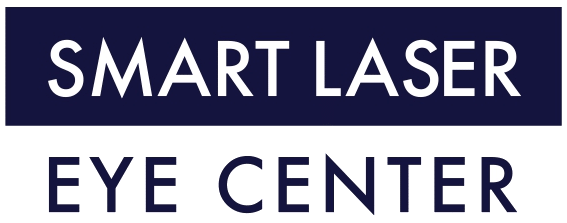State-of-the-art Excimer Laser Technology
In our clinics, we use the 4th generation 2022 model state-of-the-art Excimer Laser systems.
The world’s first portable Online Robotic (1200 Hz) Refractive Excimer Laser, is successfully used by our eye surgeons in eye clinics. Our Excimer Laser has the first remotely controlled online robotic systems feature in the world. In addition, the “Online Laser Surgery Platform”, which enables eye surgeons to receive laser eye surgery training for the first time in the world, has been developed by MCD Technology. (1200 hz) Excimer Laser is the world’s first portable laser flexibility. Our Excimer Laser with robotic technology was brought to Turkiye for the first time by MCD Technology as of March 2022, and was put into service for patients for laser eye treatments.
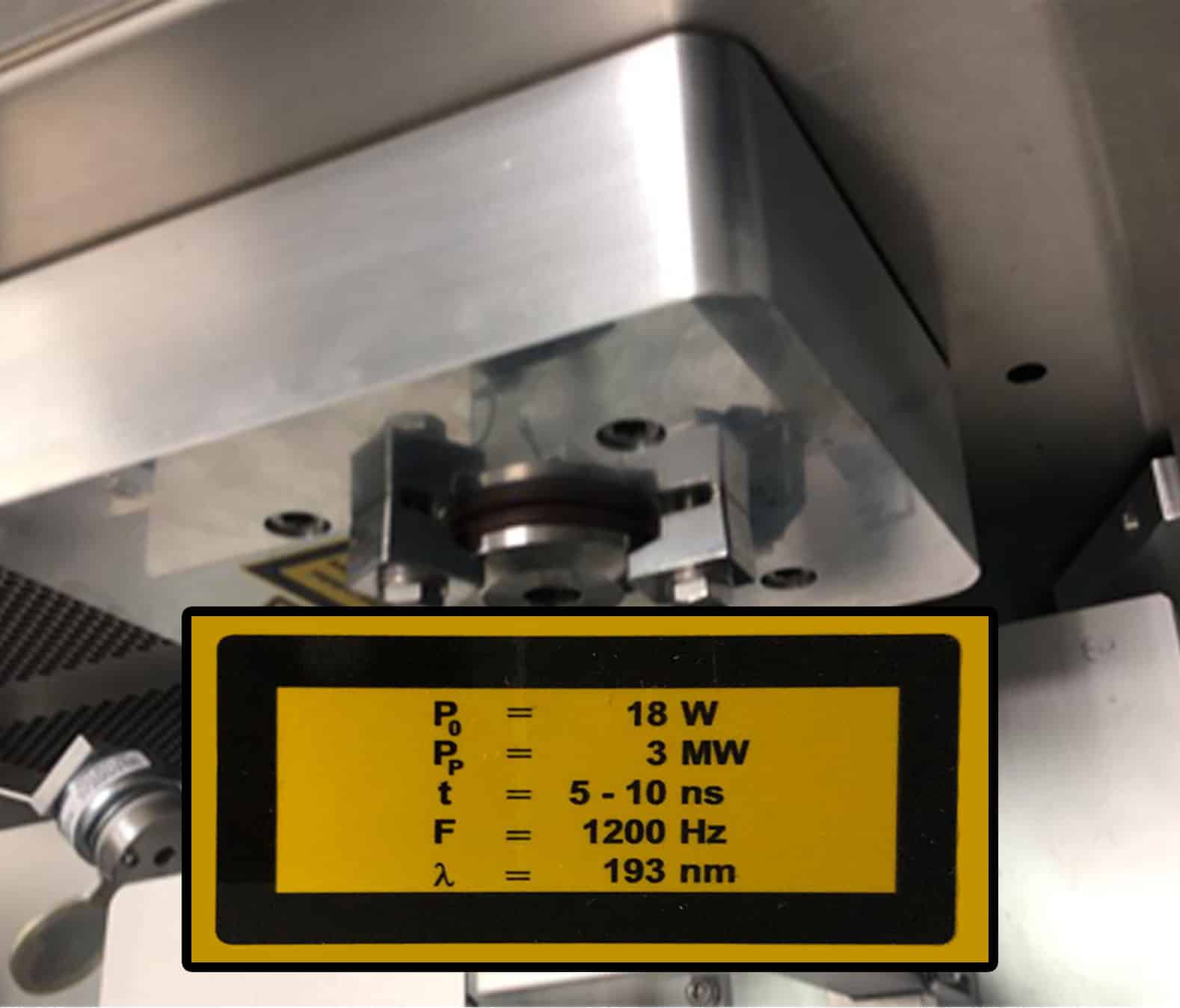
State-of-the-art “EYE-TRACKER” Technology
Our (1200 hz) Excimer Laser has developed with the latest active “EYE TRACKER” technology. Laser can be applied at vertical angle of 90 degrees and 7-8 cm closest distance to the eye with Zero Error. Even if the eye moves while laser beams are thrown to the most sensitive areas on the eye. Laser shot can be made to the desired coordinates of the eye with a zero error of “0”, by locking it to the patient’s eye. Our Excimer Laser video eye-tracking system is connected to the controls of the robotic arms. Once the pupil is detected, the system automatically locks itself on the center of the patient’s pupil, following the movement within tracking range. In case the eye moves out of eye-tracking range during surgery, a re-centration just by pressing the center button can be achieved quick and easy. A manual reposition of the bed by using the joy- stick is not neccessary anymore.
Plume Removal Ability
Our Excimer Laser uses patterned closed-up operation design that the applicator is only 80mm away from cornea. A very short and well defined clean operating zone can reduce the unpredicted interference by noisy macro environment. Our eye tracker module is located in applicator, so eye tracker camera is close to the eye for best recognition and optimum IR illumination. A special eyepiece with an integrated plume removal intake with applicator. It is located at an optimal position in relation to the corneal plane. The smoke plume is removed at the location of its highest density minimizing its influence on the laser beam quality. The plume is removed in such way, that the airflow will not affect the stromal hydration. The plume removal is just 30mm away from the eye which can still move freely underneath. Plume evacuator close to the eye to remove smoke at the highest density without affecting the stromal bed. No unpleasant smell of ablation products.
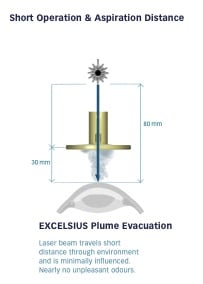
Online Remotely Controlled Robotic System
Since our Excimer Laser is controlled by an online remote control, more than one eye surgeon and laser engineer can connect to the laser eye surgery online and contribute to the success of the surgery by participating in the operation. The pre-operative calibration and settings of the Excimer Laser Device can be monitored online and remotely by our experienced engineers, and all technical parameters are approved before the surgery. Pre-operative settings and calibrations, which are very important data and video are recorded and the operation is performed with the “0” zero error principle.
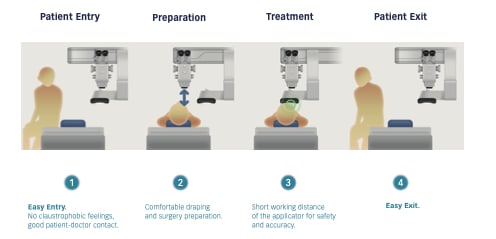
Our Excimer Laser has online controlled robotic system. Thus, with a single touch of the Excimer Laser, the Robotic control system is activated, without the need for manual intervention or adjustment of the Surgeon, and it is ensured that the Laser head gets closer to the patient’s eyes and is locked without error and the operation is performed in the most accurate position with “0” zero error.
Dynamic Matrix Algorithm
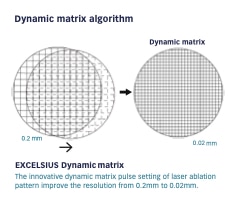
Our Excimer Laser is using the innovative dynamic matrix pulse setting to improve the ablation pattern resolution around 0.02mm that makes laser ablation very smooth and precise when the Topo-guided treatment is applied. Fractional ablation is our approach of treating the whole treatment zone in a combined spherocylindrical pattern from the begining, increasing the refractive correction over time.
The randomized flying spot pattern distributes the individual laser pulses across the whole treat- ment zone from the beginning. Thus spreading the thermal impact on a larger area and minimizing the temperature increase on the stroma. This will reduce the risk of haze on surface ablation tech- niques such as t-PRK, EpiLasik or related treatment techniques. As an additional advantage, any unintended sur- gery interruption poses less risk. The surgery can later be finished in a second session similar to re- treating an undercorrection. Low thermal impact is important. Each individual laser spot position is calcuated in such a way, to never overlap with the previous pulses avoiding thermal accumulation.
Safe and Fractional Ablation
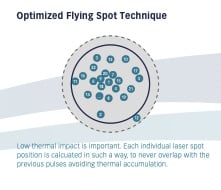
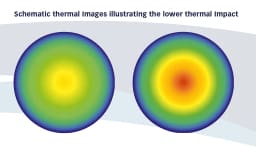
In standard Excimer Lasers, especially during the application of Transepithelial-PRK or PRK Laser surgery technique, one of the complications that eye surgeons are most afraid of is “Haze”, that is, corneal edema caused by thermal impact. As a general diagnosis of the “Haze” complication, the risk is defined as the patient seeing hazy/blurred. In this method, since your cornea is exposed to more thermal impact than normal due to laser beams, the eye surgeon applies some medications and procedures to the patient’s eyes during the surgery in order to prevent the risk of “Haze”, but these procedures are not 100% guaranteed to eliminate the risk of “Haze”. In addition, if an excimer laser device with a technology to prevent the risk of “Haze” is not used, there may be a risk of “Haze”, that is, hazy vision, after the operation. Your preoperative visual acuity may cause a “Haze” that will form on the residual stromea and the depth of ablation due to refractive error, which may cause postoperative corneal clouding. Due to the formation of edema on the cornea, hazy / blurred vision may disappear in 6 months or 1 year in the medium term. Unfortunately, this risk is a very distressing complication for the patient and some patients may need extra surgical intervention. In order to avoid this undesirable situation, engineers specially developed for Transepithelial-PRK or PRK surgeries developed the “Optimized Flying Spot – Safe and Fractional Ablation Technique”, this development, which was applied for the first time in the 4th Generation Excimer Laser. Therefore Transepithelial-PRK or PRK Laser surgery can be performed by calculating the previous beams to never overlap or come together in order to eliminate the thermal heating that will be caused by the successive Laser beams on the cornea (as in the leftmost thermal graph). Thus, the risk of complications of “Haze”, that is, Corneal edema, that may occur in Transepithelial-PRK or PRK Laser surgery is minimized.
Fractional Ablation
It is a wide-angle laser application technology developed to eliminate the formation of “Haze”, that is, Corneal Edema in Transepithelial-PRK or PRK Laser surgeries. “Optimized Flying Spot Technique” which works integrated with the optimized flying point technique, the laser beams applied to the visual field of the eye, the wide laser beams from end to end, eliminate the high thermal heating, the laser beams thrown one after the other in the same areas of the cornea, and this technique prevents minimizes the risk of “Haze” Corneal edema complications.
